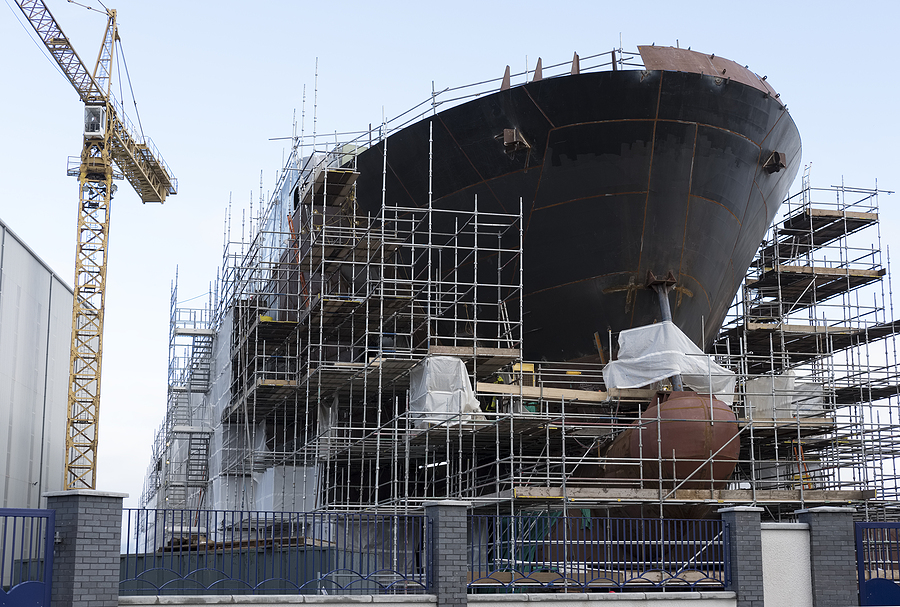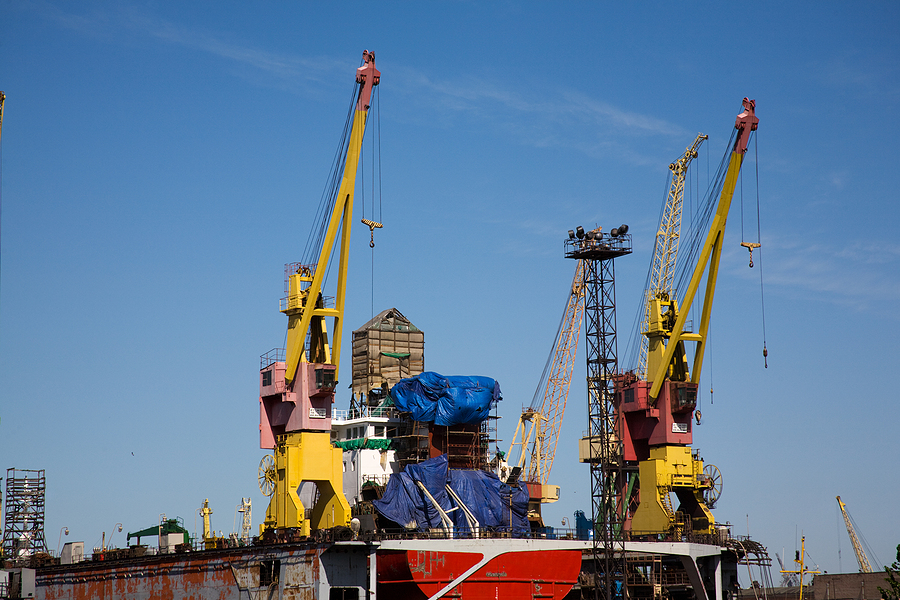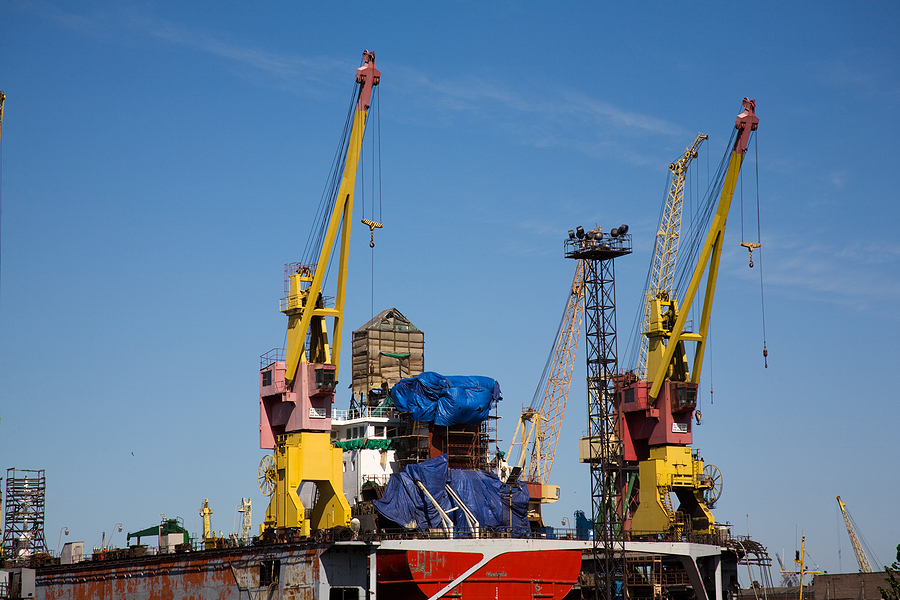When it comes to marine operations, lifting equipment isn’t just a convenience; it’s a necessity. From offshore construction to shipboard cargo handling, selecting the correct ship crane capacity for heavy loads is one of the most important decisions you can make. Too small, and you risk safety issues. Too large, and you may overspend on equipment that exceeds your actual needs.
This guide breaks down how to assess your lifting requirements, what environmental and operational factors to consider, and why heavy lifting marine cranes are essential for success on the water.
Understanding Crane Capacity
Before choosing a marine crane, you need to understand the difference between gross and net crane capacity. Understanding ship crane capacity for heavy loads starts here. Gross capacity refers to the crane’s maximum load without considering any additional gear like hooks or slings. Net capacity is what’s left after accounting for the weight of rigging equipment. This is the number that matters when you’re calculating the actual weight you can safely lift.
According to Harvard’s Environmental Health & Safety Division, any lift that exceeds 75% of a crane’s net rated capacity is considered a “critical lift” and requires additional planning and oversight. That means if your load, including rigging, totals 75 tons, the crane should be rated for at least 100 tons net capacity. This guideline emphasizes the importance of maintaining a safety buffer to avoid operating near maximum load limits.
Environmental and Operational Challenges
Unlike land-based cranes, marine cranes operate in unpredictable and often harsh environments. Wind speed, waves, salt corrosion, and limited deck space can all affect crane performance and safety. One of the most critical variables is load radius—the distance from the crane’s center of rotation to the load. As that distance increases, the crane’s lifting capacity decreases.
Every crane includes a load chart that indicates capacity limits at various boom lengths and angles, and these must be consulted during planning.
Environmental conditions can’t be ignored either. High winds and rough seas reduce safe operating thresholds. OSHA requires wind-indicating devices on cranes, and operations must cease if wind speeds exceed safe limits. Deck stability also plays a role, especially when lifting from a floating vessel. Even slight heave or roll can throw off the load balance, making it essential to build in extra safety margins when planning lifts in dynamic conditions.
Types of Marine Cranes and Their Capacities
The type of crane you need will largely depend on your specific application. Shipboard cranes are the most common and typically have lifting capacities ranging from 10 to 200 tons. These are designed for cargo handling, onboard equipment transfers, and day-to-day operations on service vessels and container ships.
For more substantial operations, like offshore platform construction or wind farm installation, heavy-lift vessels are equipped with some of the most powerful marine cranes in the world.
The SSCV Thialf, for example, is fitted with twin cranes that can lift a combined 14,200 tons.
Another record-holder, the SSCV Sleipnir, can perform tandem lifts up to 20,000 tons.
Gantry cranes like the Taisun crane at Yantai Raffles Shipyard in China have lifted modules weighing as much as 20,000 metric tons—currently the world record.
On the smaller end of the spectrum are portable or mobile marine cranes, often used in shipyards or repair operations. These cranes can range from 10 to 500 tons in capacity and are favored for their flexibility and ease of transport.
Matching Capacity to Your Needs
Choosing the right crane isn’t just about buying the biggest one available. It’s about matching capacity to your real-world lifting demands,
today and in the future. Start by calculating the heaviest load you expect to lift, including the weight of all rigging gear. Once you have that figure, add a minimum 25% safety margin to stay well below the crane’s net capacity rating. This not only aligns with regulatory best practices but also extends the life of your equipment.
You should also consider the lifting radius you’ll typically need. A crane might be rated for 200 tons at a 10-foot radius, but that could drop dramatically at 40 feet. Knowing where and how you’ll be operating is just as important as the weight of the lift itself.
Weather, vessel motion, and other environmental conditions should also factor into your decision. If you’re working offshore, plan for the worst-case scenario. If you’re dockside, stability may not be as big of a concern, but lift height and reach probably are.
Regulations and Safety Features
Marine cranes are subject to strict safety standards, especially when handling heavy loads. OSHA and other governing bodies require load testing to 125% of the rated capacity when cranes are first installed or after major modifications. These tests ensure the equipment can safely handle extreme loads without failure.
Many institutions, including Oklahoma State University’s Environmental Health & Safety department, outline these regulations in their crane manuals (ehs.okstate.edu).
Modern marine cranes also come with advanced safety features, such as load moment indicators, which alert operators if a lift is approaching unsafe limits. Wind sensors, emergency brakes, and automated shutdown systems further reduce the risk of overloading or tip-over during operation. These features aren’t just optional extras; they’re required for lifting in compliance with today’s safety expectations.
Final Thoughts
Choosing the right ship crane capacity for heavy loads is a balancing act. Go too small, and you risk overloading the crane and endangering your crew. Go too big, and you could spend more than necessary on equipment you won’t fully utilize. Your decision should account for load weight, radius, rigging, environmental factors, and projected future needs.
Heavy lifting marine cranes are more than just tools—they’re the backbone of efficient and safe maritime operations. With the right planning and the right crane, your marine projects will be more productive, more profitable, and far safer.
Need help selecting the right crane for your vessel or offshore platform? The experts at DMW Marine Group specialize in custom marine cranes built for extreme environments and challenging applications.
Contact us today to find the perfect crane for your heavy lifting needs.




